In May 1966, The Rolling Stones released “Paint It Black”, cementing themselves as formidable players in the British Invasion. It also drew comparisons to The Beatles, as the Stones were often pitted against the Fab Four as their edgier counterparts.
Videos by American Songwriter
In 1964, The Rolling Stones were making a name for themselves in the U.K. while their contemporaries were gaining popularity across the pond. The year after, they broke through with “(I Can’t Get No) Satisfaction”. This put them on a path to mainstream success in the U.S.
Around this time, the Stones were taking notice of what The Beatles were doing and drawing inspiration. Additionally, Mick Jagger and Keith Richards were already being compared to John Lennon and Paul McCartney as a songwriting team.
“Paint It Black”—and the 1966 album Aftermath—was a turning point for The Rolling Stones. The album was the first penned entirely by Jagger and Richards. The single became a huge hit and began to solidify the band’s place as a cultural influence. It marked them as a counterpoint to The Beatles, a rougher, edgier version of the Fab Four.
“Paint It Black” Was the First Time The Rolling Stones Used a Sitar, but It Gave Them an “Irrepressible Hit”
In 1965, The Beatles became the first British band to use the sitar. They recorded “Norwegian Wood (This Bird Has Flown)” with George Harrison playing the sitar, which he had picked up by chance while filming Help! in London.
Brian Jones, who at that time was still with The Rolling Stones, was inspired to try the instrument for himself after speaking with Harrison. Jones would craft various melodies on sitar, one of which eventually became the opening riff on “Paint It Black”.
When the single was released, critics were mixed. Some felt it was The Rolling Stones’ best work to date, while others saw it as too derivative of The Beatles. The influence of “Norwegian Wood” is unmistakable, but the sitar on “Paint It Black” went slightly further.
Jones’ work with the instrument essentially inspired an entire subgenre of psychedelic rock music using a minor key, according to the 2005 book Strange Sounds: Offbeat Instruments And Sonic Experiments In Pop.
Many reviews at the time lauded “Paint It Black” for its experimentation. Some felt that it was ushering in a shift away from commercialization and into a more authentic sound. One example includes a 1966 review from Record World.
“Guys are in depressed mood,” the publication wrote. “But the rhythm is anything but depressed. Irrepressible hit.”
Featured Image by CBS via Getty Images

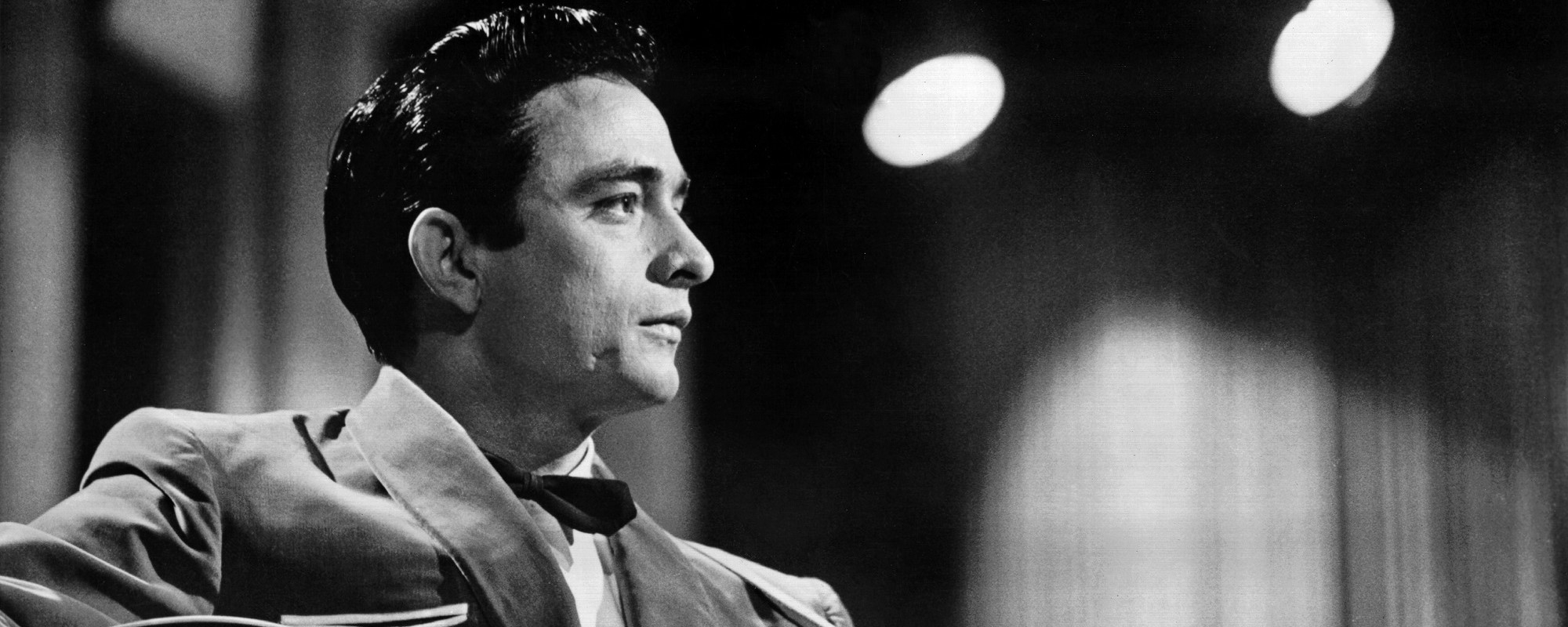
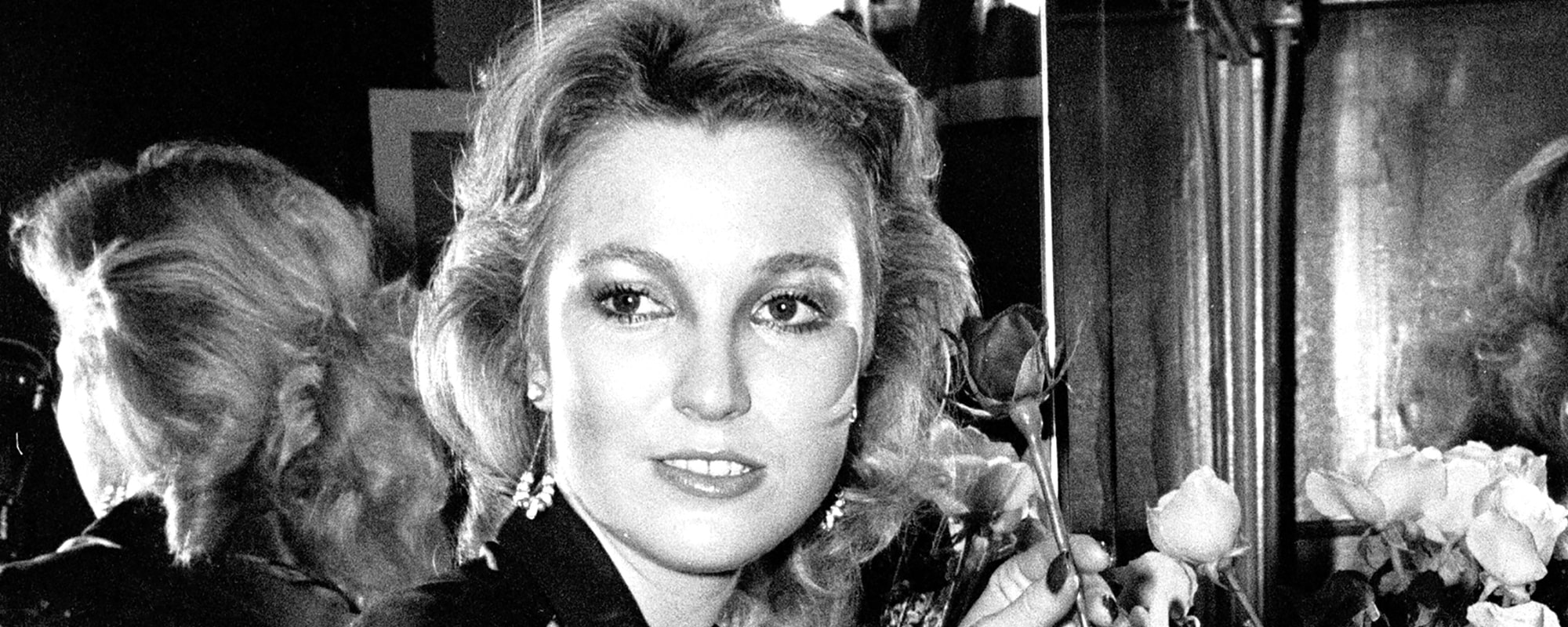
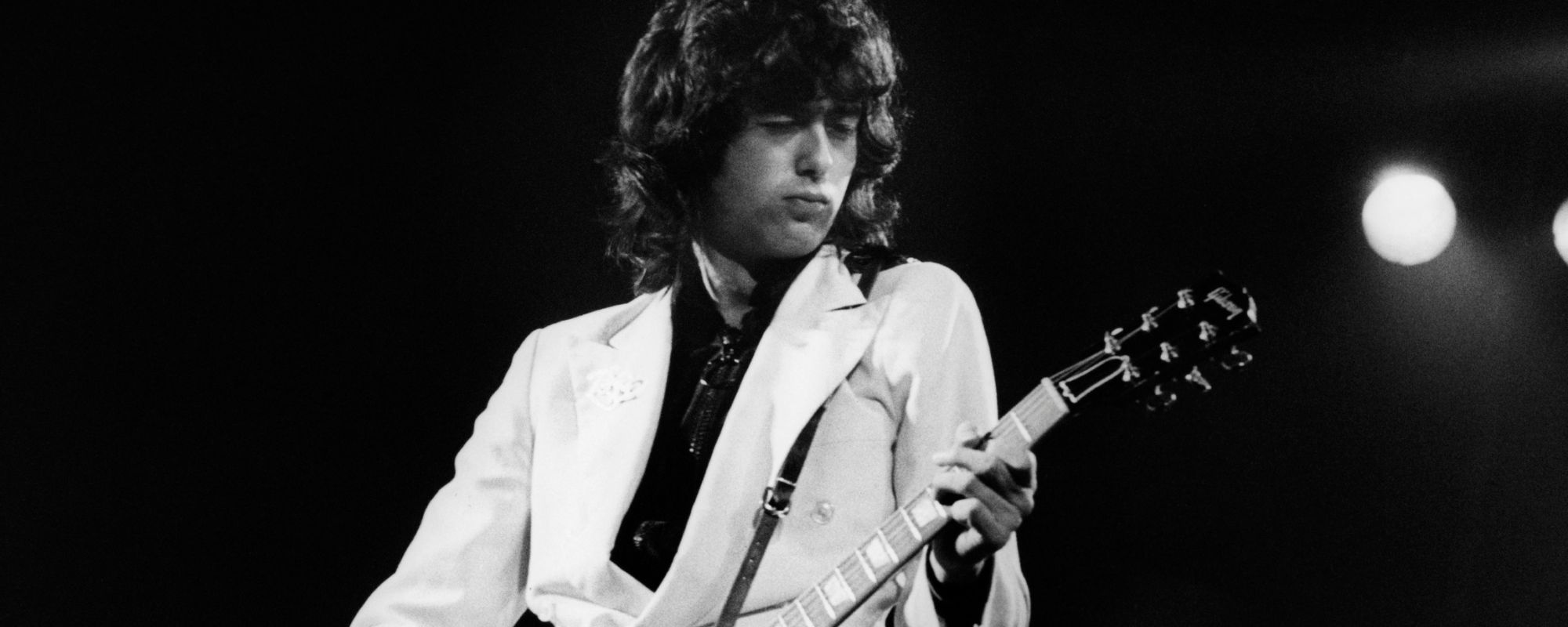





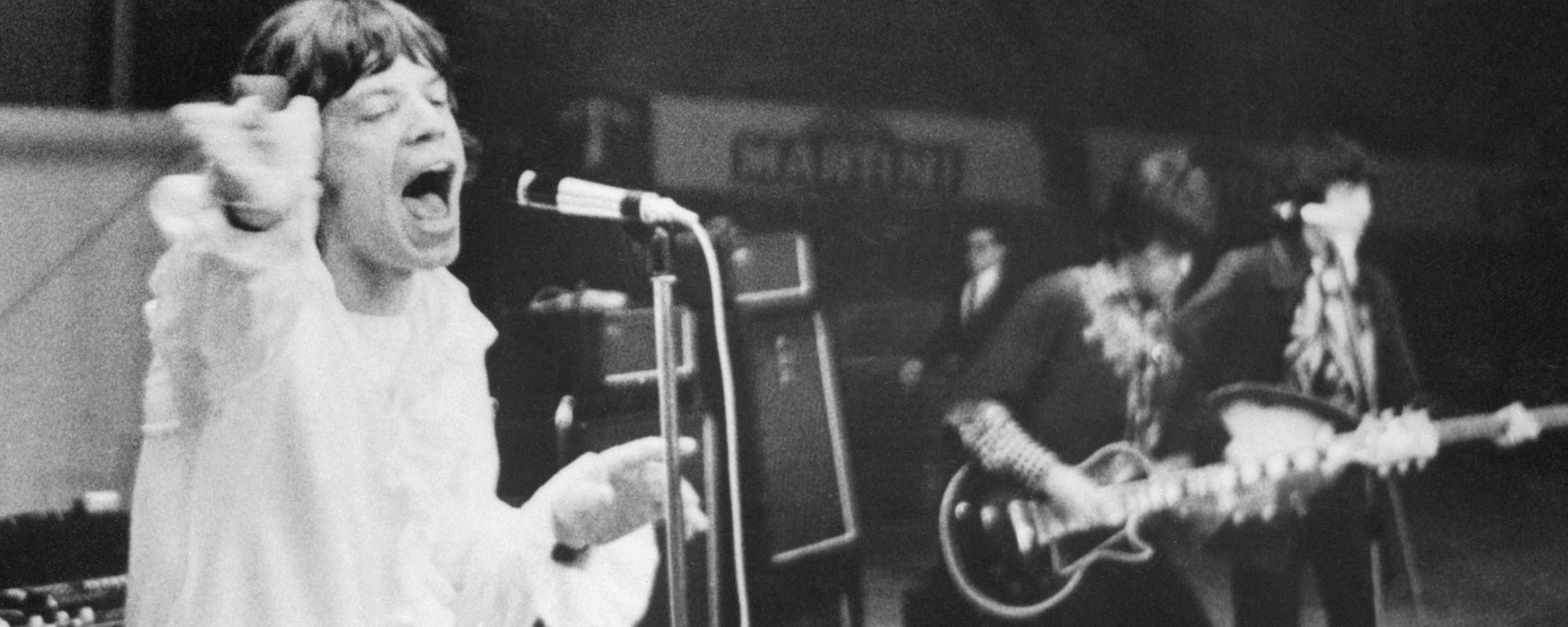
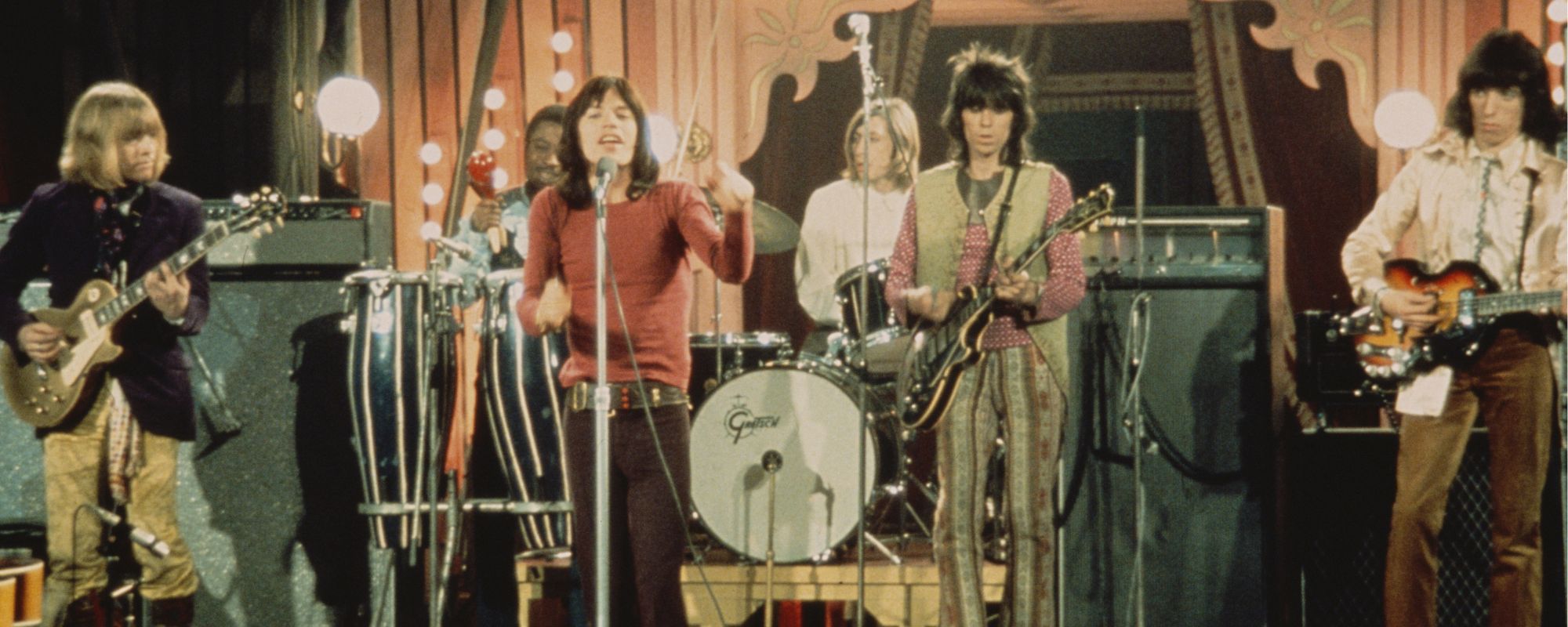
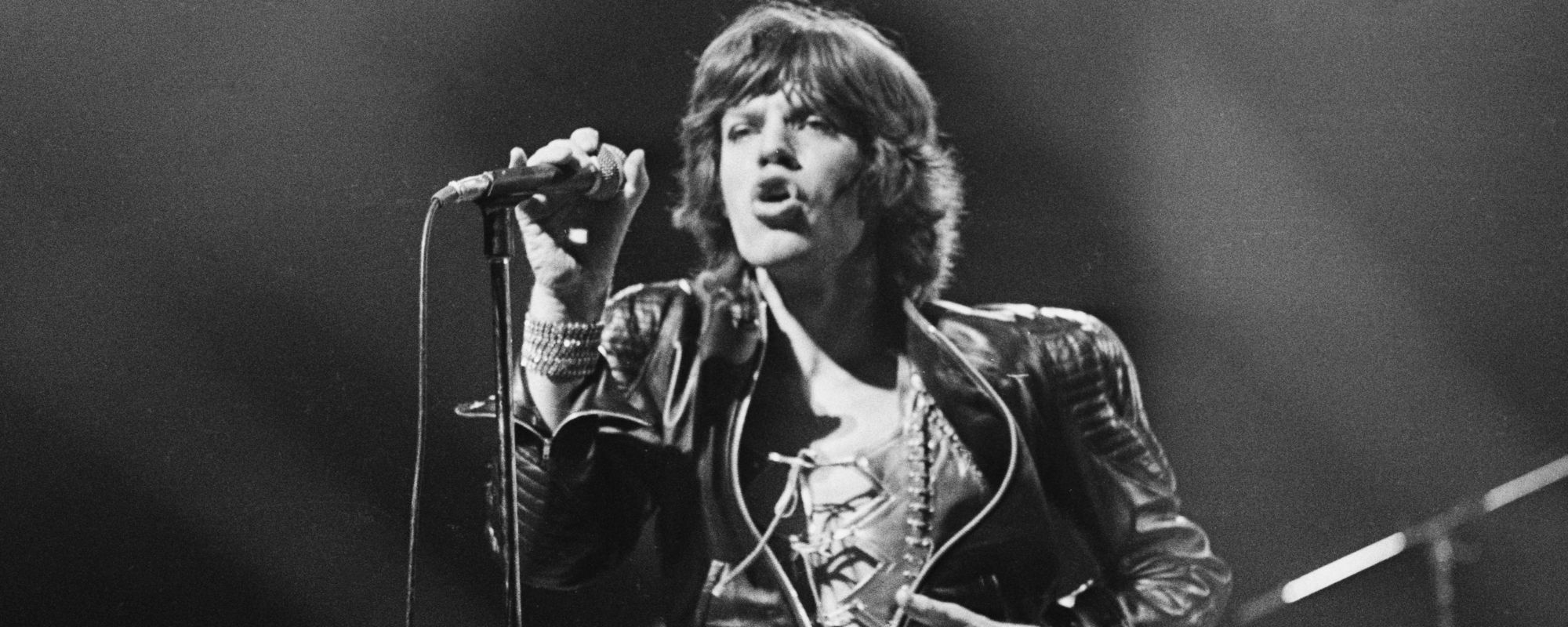

Leave a Reply
Only members can comment. Become a member. Already a member? Log in.